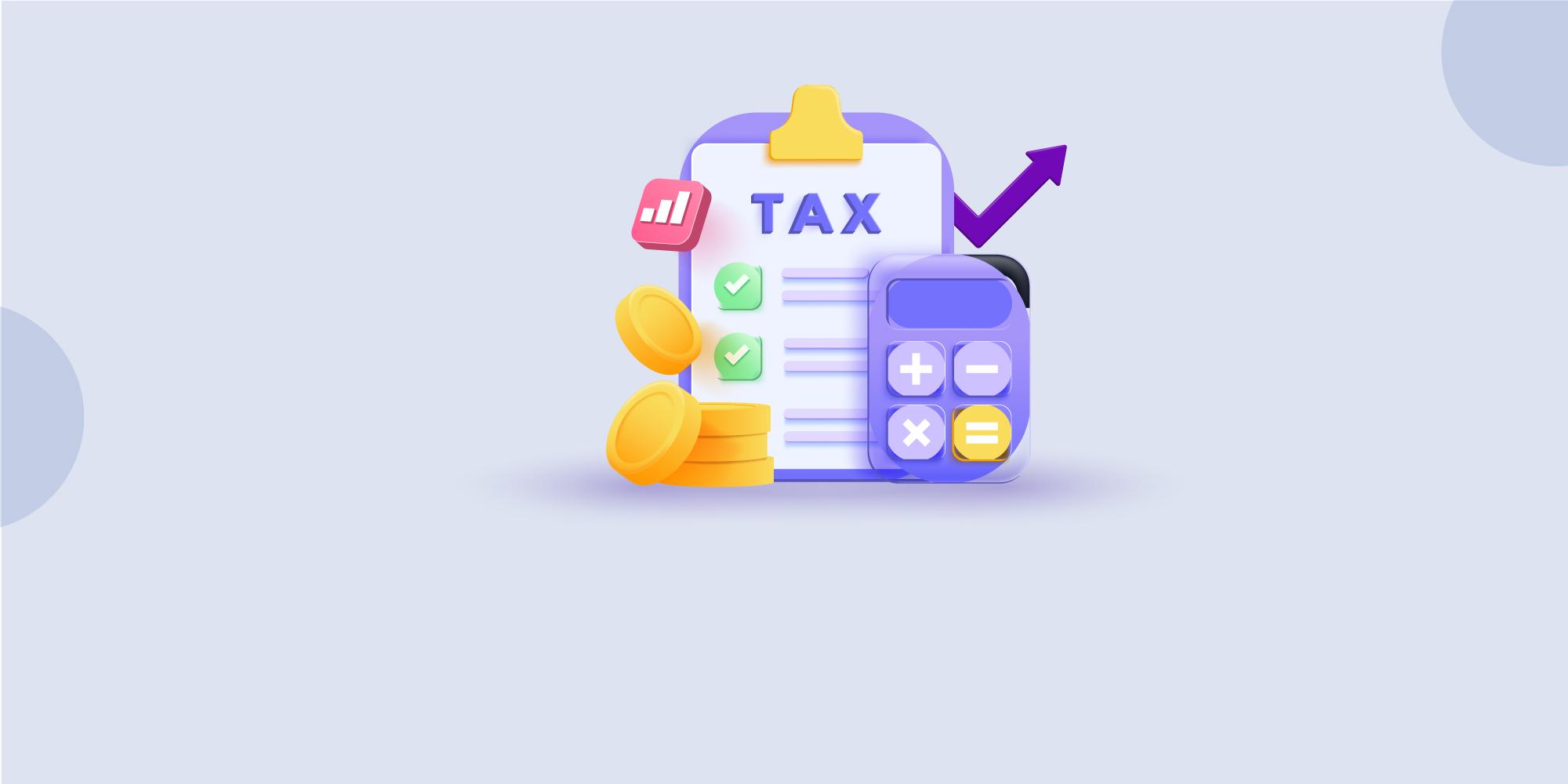What is Value Added Tax in India and How It is Calculated
Reviewed by: Fibe Research Team
- Updated on: 8 Aug 2025
Reviewed by: Fibe Research Team

If you’re curious about the full form of VAT tax, here’s your answer: VAT stands for Value Added Tax, meaning a tax collected at each stage of production and distribution of goods. While the Goods and Services Tax (GST) has replaced most indirect taxes since 2017, some goods still fall under the old VAT system.
Here, we will help you understand the value added tax meaning, how it works and where it still applies today. Keep reading to get clear insights into VAT and its role in India’s taxation system.
It is a type of indirect tax that the Central Government levies on sold goods. VAT is collected starting from manufacturing till the sale is completed by the retailer. It works in such a way that the consumer at the end of the supply chain pays a higher tax amount.
Value-added tax is a multi-point check system for collecting tax at each point of purchase.
Also Read: Direct Tax vs Indirect Tax
Knowing what is VAT and having a brief knowledge of input and output tax can give you a clear idea of how value-added tax works.
The registration of VAT means enrolling your company in the list of corporations that are eligible for tax returns. It is mandatory for all manufacturers involved only in the production of goods and services to register for value-added tax (VAT).
VAT is different from sales tax, and is charged at various stages of the production process. On the other hand, sales tax is charged at the end user purchase of goods and services.
Here are some key points to remember when registering for VAT:
Also Read: What is Advance Tax?
Using a simple calculation formula, you can calculate value-added tax:
VAT= Output Tax – Input Tax
For example, say a dealer pays a value-added tax of 10% on the purchased goods at ₹100. Then, s/he sold the product at ₹150 to you, collecting a VAT of ₹15 from you. Then, the input tax here is ₹10, and the output tax is ₹15. Hence, the dealer has to pay only ₹5 as VAT while purchasing the goods.
With this example, you have a clear financial understanding of how indirect tax works. Whether you run a business or have a job, taxes can weigh on your income. If you’re dealing with a cash crunch or need to achieve a life goal, the Fibe Quick Cash Loan is an excellent choice. It offers up to ₹5 lakhs which you can repay across flexible tenure of up to 36 months.
It also comes with the option to pre-close the loan without any penalties. You can get it with nominal paperwork and affordable interest rates. Register on our website or download our Fibe Loan App to get a quick loan online.
Yes, you can claim VAT on business expenses after registering your business for VAT.
The VAT law changes depending on the state and union territory. Depending on the VAT law, some goods and the threshold limit for exemption are exempted from VAT.
You can get information from the Goods and Services Tax, CBIC, and Government of India and register any complaint related to VAT issues.
In case of delays in filing the return, you shall be liable to pay ₹100 per day, for which the maximum amount is calculated quarterly.